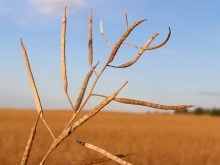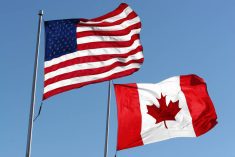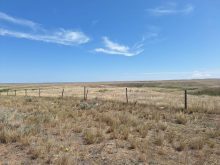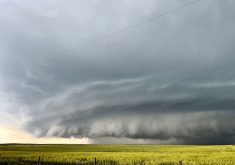There are four main theories for how tornadoes are formed:
- super-cell
- rear-flank downdraft
- tornado vortex
- multiple vortex
The first two are tied together because they both involve super-cell thunderstorms. Thunderstorms are fuelled by warm, moist air near the surface and colder air aloft. What makes a super-cell thunderstorm different from a regular thunderstorm is the ability for the storm to sustain a rotating updraft.
These storms can rotate due to wind shear, or the change in wind speed and direction with height. As a super-cell thunderstorm evolves and the updraft intensifies, it draws in warm, moist air, which helps drive further storm development.
With the right type of wind shear, the updraft becomes tilted. This helps keep the updraft separate from the downdraft, allowing the storm to continue growing. Also, the tilting starts to stretch and squeeze the rotating column of air vertically, making the rotating air spin faster.
Read Also
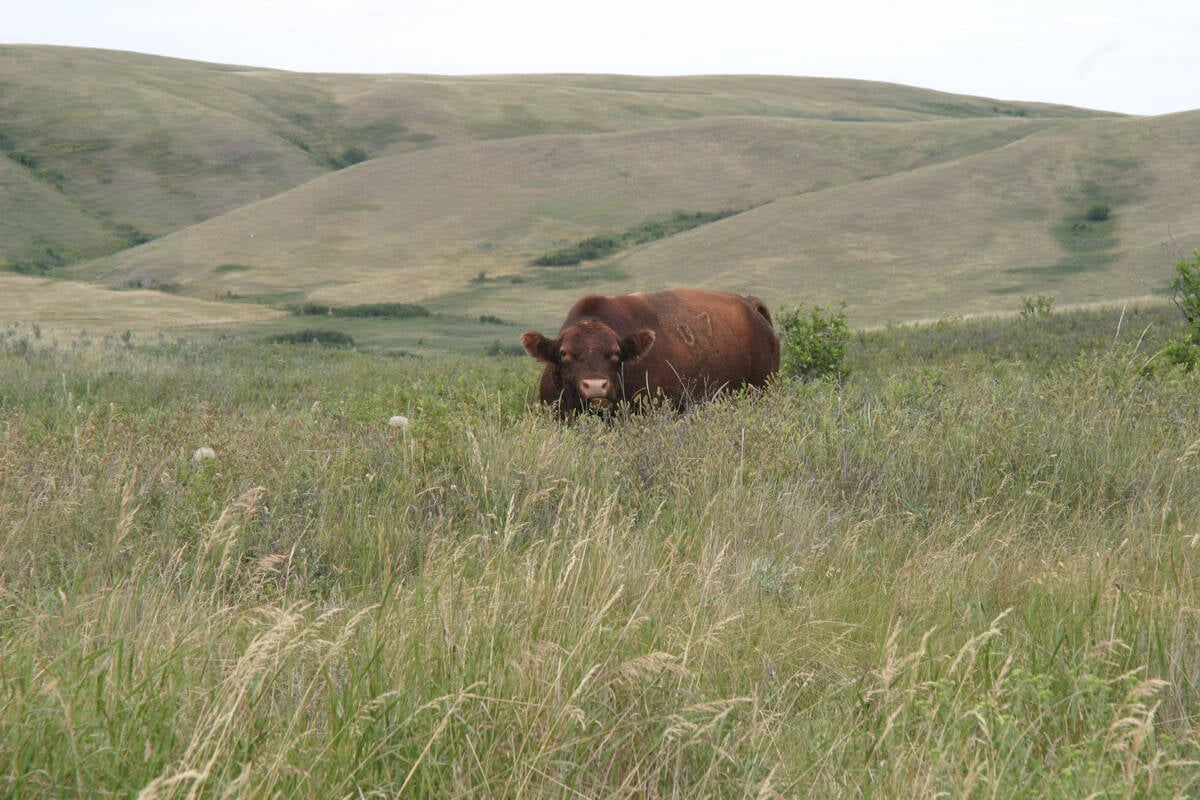
Saskatchewan puts crown land auction on hold
Auctions of Saskatchewan crown lease land are once again on hold.
This stretching and squeezing of the rising, rotating air column is what scientists believe leads to development of tornadoes, but the exact mechanism is still not fully understood.
This leads to the second theory — rear-flank downdraft.
As the super-cell thunderstorm evolves, a region of cool, descending air develops on the backside of the storm. This is the downdraft that all storms have, but due to the wind shear tilting the storm, it does not come crashing down outside the main updraft area.
Instead, this downdraft is able to interact with the updraft by enhancing the low-level inflow and rotation, which in turn can be pulled into the updraft of the super cell, leading to increased likelihood of a tornado.
The tornado vortex theory is similar to the super-cell theory. In fact, it almost simplifies the super-cell theory. It states that tornadoes form when horizontal spinning air in the storm updraft is tilted vertically by a strong updraft. These updrafts can move very fast and as the air rises, it stretches and contracts the rotating column of air, much like a figure skater pulling in their arms when spinning.
This causes an increase in spin rate due to conservation of angular momentum, a process known as vortex stretching, and the intensified spinning motion within the storm may lead to formation of a tornado.
The last is multiple vortex theory. The main vortex within a thunderstorm contains multiple smaller vortices rotating within the main circulation. These can appear as satellite tornadoes or as sub-vortices within the primary tornado.
This phenomenon results in a tornado with a more intricate appearance, often displaying a spiral pattern of swirling winds within the main funnel.
According to this theory, the main column of rising, rotating air serves as the parent vortex and provides the circulation or rotation necessary for tornado formation. As the parent vortex intensifies, it can spawn smaller satellite vortices. These are typically found rotating around the main funnel cloud and this is why we often see unique and intricate structures in tornadoes.
The interactions between these satellite vortices can create a complex pattern as the individual vortices merge, split and interact with each other. This can result in the rapid change in shape, size and intensity of the tornado.
It is not known how these satellite vortexes are formed.
The constantly changing environment within the storm, and the physical landscape it travels over, can cause these satellite vortices to spin up, grow larger and then simply die away.








